The concept of the Metaverse has evolved from a mere speculative idea into a tangible reality, capturing the imagination of technologists, artists, and everyday users alike. At its core, the Metaverse represents a collective virtual space where users can interact with a computer-generated environment and other users in real-time. This digital universe is not confined to a single platform or application; rather, it encompasses a multitude of interconnected virtual worlds, each offering unique experiences and opportunities for exploration.
As the Metaverse continues to expand, the importance of design within this space becomes increasingly evident. Metaverse design is not just about aesthetics; it involves creating immersive environments that engage users on multiple sensory levels, fostering social interactions and enabling creative expression. In this burgeoning landscape, designers are tasked with the challenge of crafting experiences that resonate with users while also pushing the boundaries of what is possible in virtual reality.
The design process in the Metaverse requires a deep understanding of user behavior, technological capabilities, and artistic vision. As we delve into the intricacies of Metaverse design, we will explore various aspects such as surreal VR spaces, digital architecture, and the aesthetics that define these virtual environments. By examining these elements, we can gain insight into how designers are shaping the future of digital interaction and creating spaces that blur the lines between reality and fantasy.
Key Takeaways
- Metaverse design is a rapidly evolving field that combines virtual reality, digital architecture, and immersive experiences.
- Surreal VR spaces offer a unique opportunity to explore and interact with fantastical environments beyond the constraints of reality.
- Digital architecture in the metaverse involves creating innovative and visually stunning structures that push the boundaries of traditional design.
- Metaverse aesthetics focus on creating surreal environments that challenge perceptions of reality and immerse users in fantastical worlds.
- Virtual surrealism blurs the lines between reality and fantasy, allowing for limitless creativity and immersive experiences in the metaverse.
Exploring Surreal VR Spaces
Surreal VR spaces represent a fascinating intersection of art and technology, where the boundaries of imagination are stretched to their limits. These environments often draw inspiration from surrealism, a movement that seeks to challenge conventional perceptions of reality through dreamlike imagery and unexpected juxtapositions. In the context of the Metaverse, surreal VR spaces invite users to step into worlds that defy logic and reason, encouraging exploration and introspection.
Designers utilize advanced tools and techniques to create these immersive environments, employing vibrant colors, distorted perspectives, and fantastical elements that transport users to realms beyond their everyday experiences. The allure of surreal VR spaces lies in their ability to evoke emotions and provoke thought. As users navigate through these dreamlike landscapes, they encounter scenarios that challenge their understanding of reality, prompting them to question their perceptions and beliefs.
This exploration can be both exhilarating and disorienting, as users find themselves immersed in environments that are simultaneously familiar and alien. The design of these spaces often incorporates interactive elements that allow users to manipulate their surroundings, further enhancing the sense of agency and engagement. By fostering a sense of wonder and curiosity, surreal VR spaces serve as a powerful medium for artistic expression and personal reflection.
The Art of Digital Architecture in the Metaverse
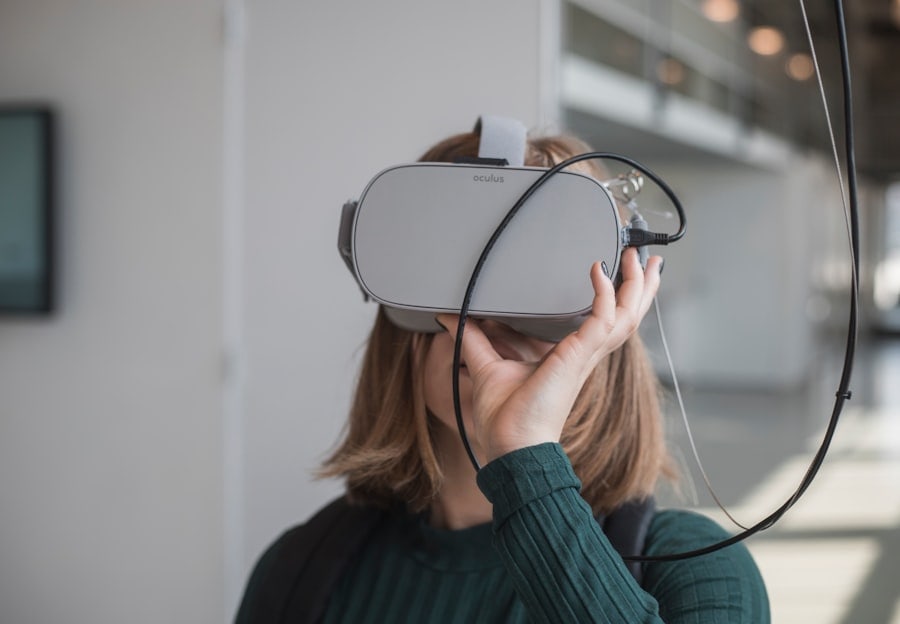
Digital architecture plays a pivotal role in shaping the Metaverse, as it provides the structural framework for virtual environments. Unlike traditional architecture, which is bound by physical constraints, digital architecture offers limitless possibilities for creativity and innovation. Designers can experiment with form, scale, and materials in ways that would be impossible in the physical world.
This freedom allows for the creation of structures that challenge conventional architectural norms, resulting in visually stunning and conceptually rich environments. From floating islands to gravity-defying buildings, digital architecture in the Metaverse invites users to explore spaces that are as imaginative as they are functional. Moreover, digital architecture serves as a canvas for storytelling within the Metaverse.
Each structure can convey narratives through its design elements, encouraging users to engage with their surroundings on a deeper level. For instance, a building designed with organic shapes may evoke feelings of harmony with nature, while a stark, angular structure might suggest industrialization or urbanization. By carefully considering the emotional impact of architectural choices, designers can create immersive experiences that resonate with users and enhance their connection to the virtual world.
As we continue to explore the potential of digital architecture in the Metaverse, it becomes clear that it is not merely about constructing buildings; it is about crafting experiences that inspire wonder and ignite imagination.
Metaverse Aesthetics: Creating Surreal Environments
The aesthetics of the Metaverse play a crucial role in defining user experiences within these virtual spaces. Aesthetic choices encompass everything from color palettes and textures to lighting and spatial arrangements. In surreal environments, designers often employ bold colors and unconventional shapes to create a sense of otherworldliness.
These aesthetic decisions are not arbitrary; they are carefully curated to evoke specific emotions and reactions from users. For instance, a vibrant color scheme may instill feelings of joy and excitement, while muted tones might evoke introspection or melancholy. By manipulating visual elements, designers can guide users through emotional journeys that enhance their overall experience in the Metaverse.
In addition to visual aesthetics, sound design is another critical component of creating surreal environments. Audio elements can significantly influence how users perceive and interact with virtual spaces. Ambient sounds, music, and even silence can shape the atmosphere of an environment, adding depth and richness to the experience.
For example, a serene landscape may be accompanied by gentle sounds of nature, while a chaotic urban scene might feature bustling city noises. By harmonizing visual and auditory elements, designers can create cohesive environments that immerse users fully in their surreal surroundings. Ultimately, the aesthetics of the Metaverse serve as a powerful tool for storytelling and emotional engagement, allowing users to connect with virtual worlds on a profound level.
Virtual Surrealism: Blurring the Lines Between Reality and Fantasy
Virtual surrealism represents a unique artistic movement within the Metaverse that seeks to blur the boundaries between reality and fantasy. This genre draws heavily from traditional surrealist art while leveraging the capabilities of virtual reality to create immersive experiences that challenge perceptions of existence. In virtual surrealism, familiar objects may be distorted or recontextualized in ways that provoke thought and inspire creativity.
For instance, a user might encounter a landscape where trees grow upside down or where time flows differently—elements that defy logic yet resonate on an emotional level. The power of virtual surrealism lies in its ability to engage users’ imaginations while prompting them to question their understanding of reality. As individuals navigate through these fantastical environments, they are encouraged to explore their subconscious thoughts and feelings.
This exploration can lead to moments of self-discovery or catharsis as users confront their fears or desires within these dreamlike settings. By blurring the lines between reality and fantasy, virtual surrealism creates a space for personal reflection and artistic expression that transcends traditional boundaries.
Designing Immersive Experiences in the Metaverse
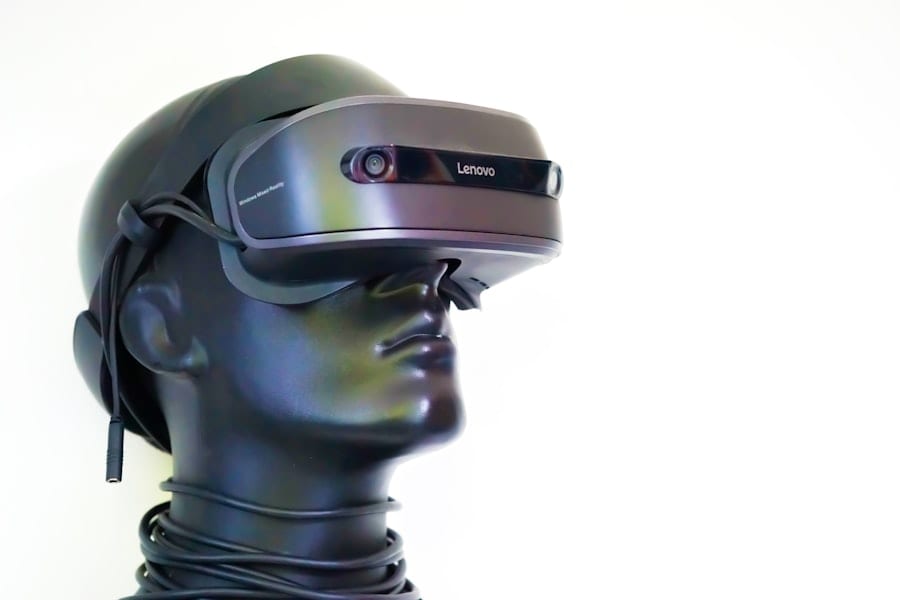
Designing immersive experiences in the Metaverse requires a multifaceted approach that considers user interaction, narrative development, and sensory engagement. Immersion is achieved when users feel fully present within a virtual environment—an experience that goes beyond mere visual stimulation. To create this sense of presence, designers must carefully craft interactions that allow users to engage with their surroundings meaningfully.
This may involve incorporating interactive elements such as puzzles or challenges that encourage exploration or social interactions that foster community building among users. Furthermore, narrative plays a vital role in enhancing immersion within the Metaverse. A well-developed storyline can guide users through an experience, providing context for their actions and decisions within the virtual space.
Designers often employ branching narratives that allow users to make choices impacting their journey—creating a sense of agency that deepens engagement. By intertwining narrative elements with immersive design principles, creators can craft experiences that resonate emotionally with users while encouraging them to explore new dimensions of storytelling within the Metaverse.
Pushing the Boundaries of Creativity in Virtual Reality
The Metaverse serves as an expansive playground for artists and designers seeking to push the boundaries of creativity in virtual reality. Unlike traditional mediums constrained by physical limitations, virtual reality offers limitless possibilities for experimentation and innovation. Artists can manipulate space, time, and perception in ways previously unimaginable—creating works that challenge conventional notions of art and design.
This freedom allows for groundbreaking collaborations between technologists and creatives who are redefining what it means to create in a digital landscape. Moreover, as technology continues to advance—enabling more sophisticated tools for creation—the potential for pushing creative boundaries only expands further. Designers can now incorporate artificial intelligence algorithms into their work or utilize real-time rendering techniques to create dynamic environments that evolve based on user interactions.
This intersection of technology and artistry fosters an environment ripe for exploration where new ideas can flourish without constraints imposed by traditional practices. As we look ahead at this evolving landscape within the Metaverse, it becomes clear that creativity knows no bounds when it comes to designing immersive experiences.
The Future of Surreal Spaces in the Metaverse
As we gaze into the future of surreal spaces within the Metaverse, it is evident that this realm will continue to evolve alongside advancements in technology and artistic expression. The potential for creating increasingly complex and immersive environments is vast—offering opportunities for artists and designers to explore new dimensions of creativity while engaging audiences on deeper levels than ever before. With emerging technologies such as augmented reality (AR) becoming more integrated into our daily lives alongside virtual reality (VR), we may witness an even greater blending between physical realities and digital landscapes.
Furthermore, as communities within the Metaverse grow more diverse—encompassing individuals from various backgrounds—there will be an increased demand for inclusive design practices that reflect this diversity in surreal spaces. Designers will need to consider how different cultural perspectives influence perceptions of beauty and meaning within these environments—ensuring that all voices are represented in shaping our collective digital future. Ultimately, the future holds immense promise for surreal spaces within the Metaverse—a realm where imagination knows no bounds—and where creativity continues to flourish as we navigate this uncharted territory together.
For those intrigued by the concept of surreal spaces in the metaverse as discussed in “Aesthetics of the Impossible: Designing Surreal Spaces in the Metaverse,” a related article that delves deeper into the broader context of the metaverse is highly recommended. The piece titled Exploring the Metaverse: A New Frontier in Digital Reality offers a comprehensive overview of the metaverse’s evolving landscape. It provides insights into how digital environments are being crafted and the potential they hold for creating immersive, surreal experiences that push the boundaries of traditional design and interaction. This article is a valuable resource for understanding the foundational elements that make such innovative design possible in the metaverse.
FAQs
What is the Metaverse?
The Metaverse is a collective virtual shared space, created by the convergence of virtually enhanced physical reality and physically persistent virtual reality.
What are Surreal Spaces in the Metaverse?
Surreal spaces in the Metaverse refer to virtual environments that are designed to evoke a sense of the unreal or dreamlike, often featuring fantastical or impossible elements.
How are Surreal Spaces Designed in the Metaverse?
Surreal spaces in the Metaverse are designed using virtual reality tools and software, allowing creators to manipulate and distort the environment to create a sense of the impossible.
What are the Aesthetics of the Impossible in the Metaverse?
The aesthetics of the impossible in the Metaverse refer to the visual and sensory elements that are deliberately designed to challenge the viewer’s perception of reality, often incorporating elements of fantasy, absurdity, and dreamlike qualities.
What are Some Examples of Surreal Spaces in the Metaverse?
Examples of surreal spaces in the Metaverse include virtual art installations, immersive experiences, and virtual worlds that defy the laws of physics and reality, offering users a unique and otherworldly experience.
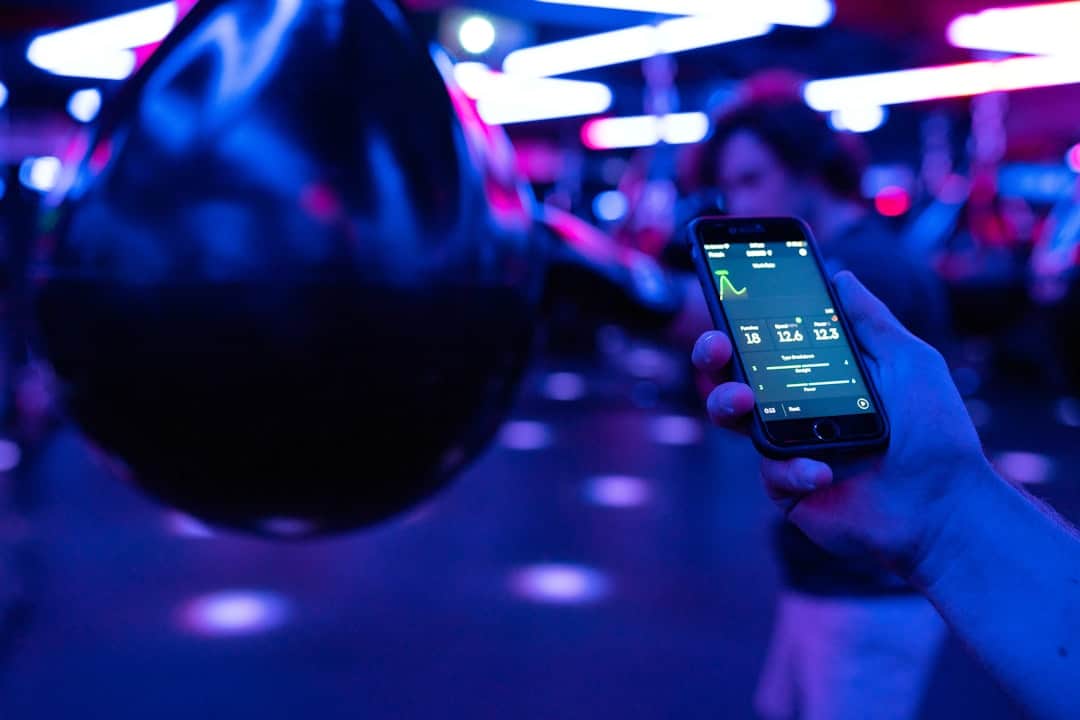
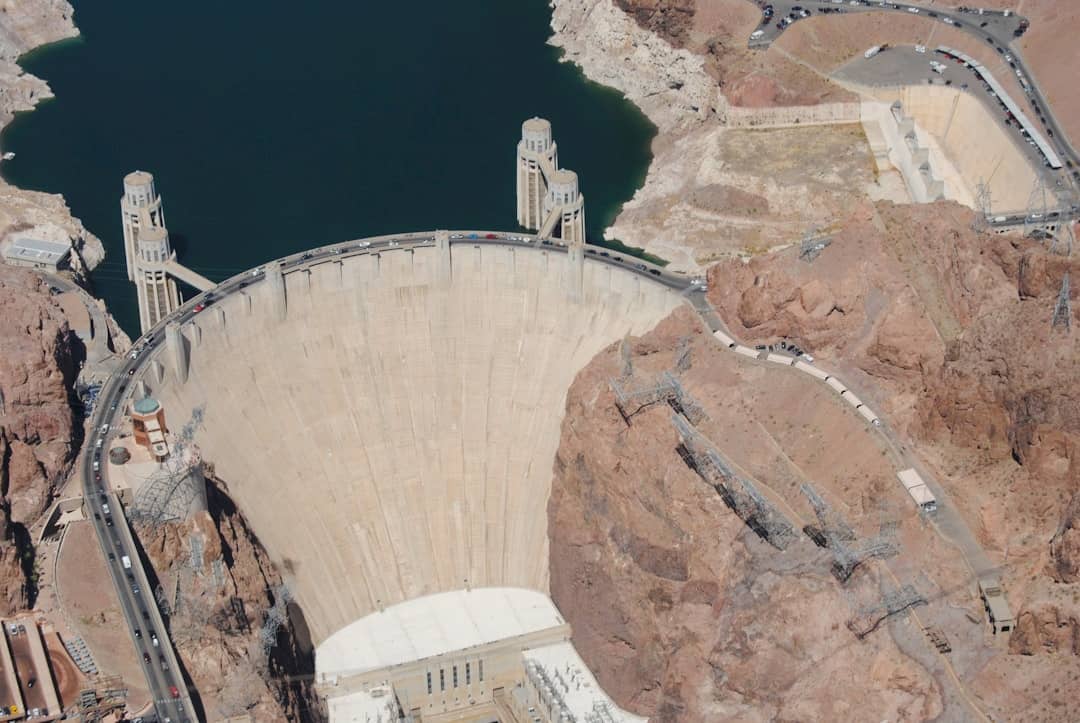



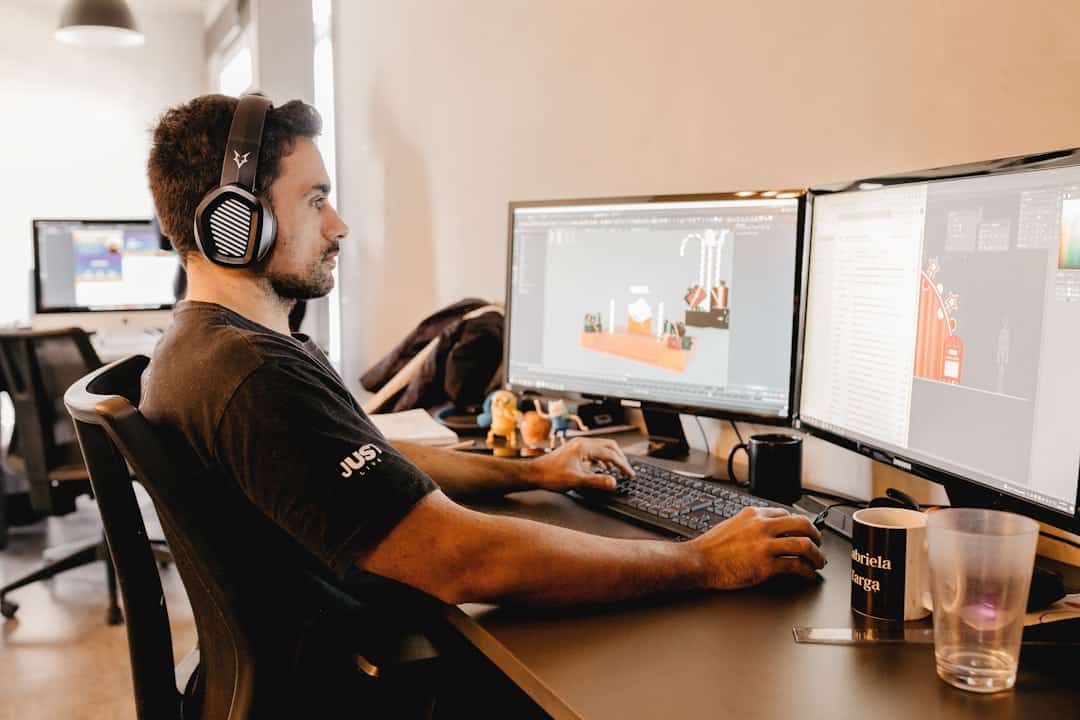
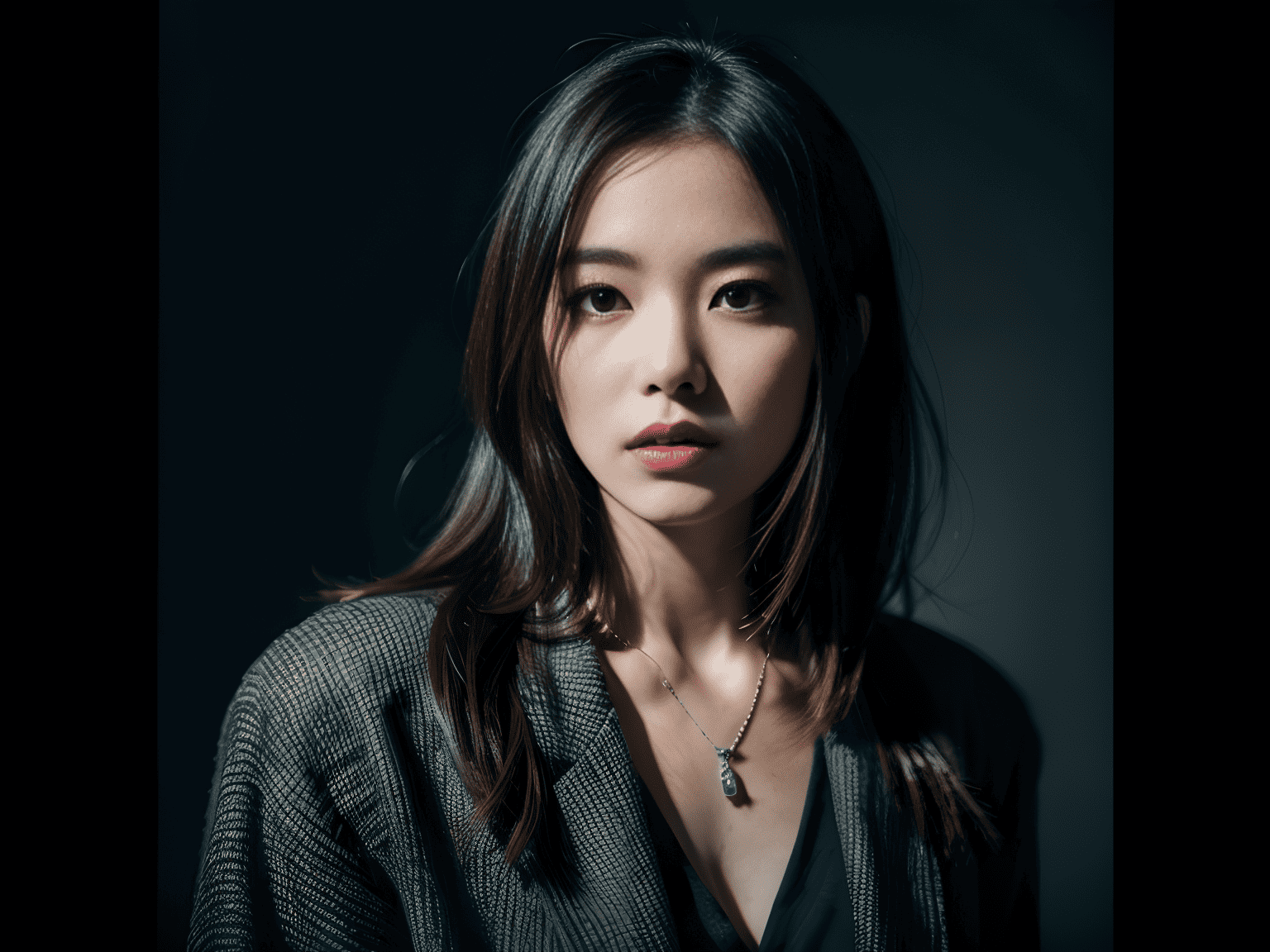




Leave a Reply